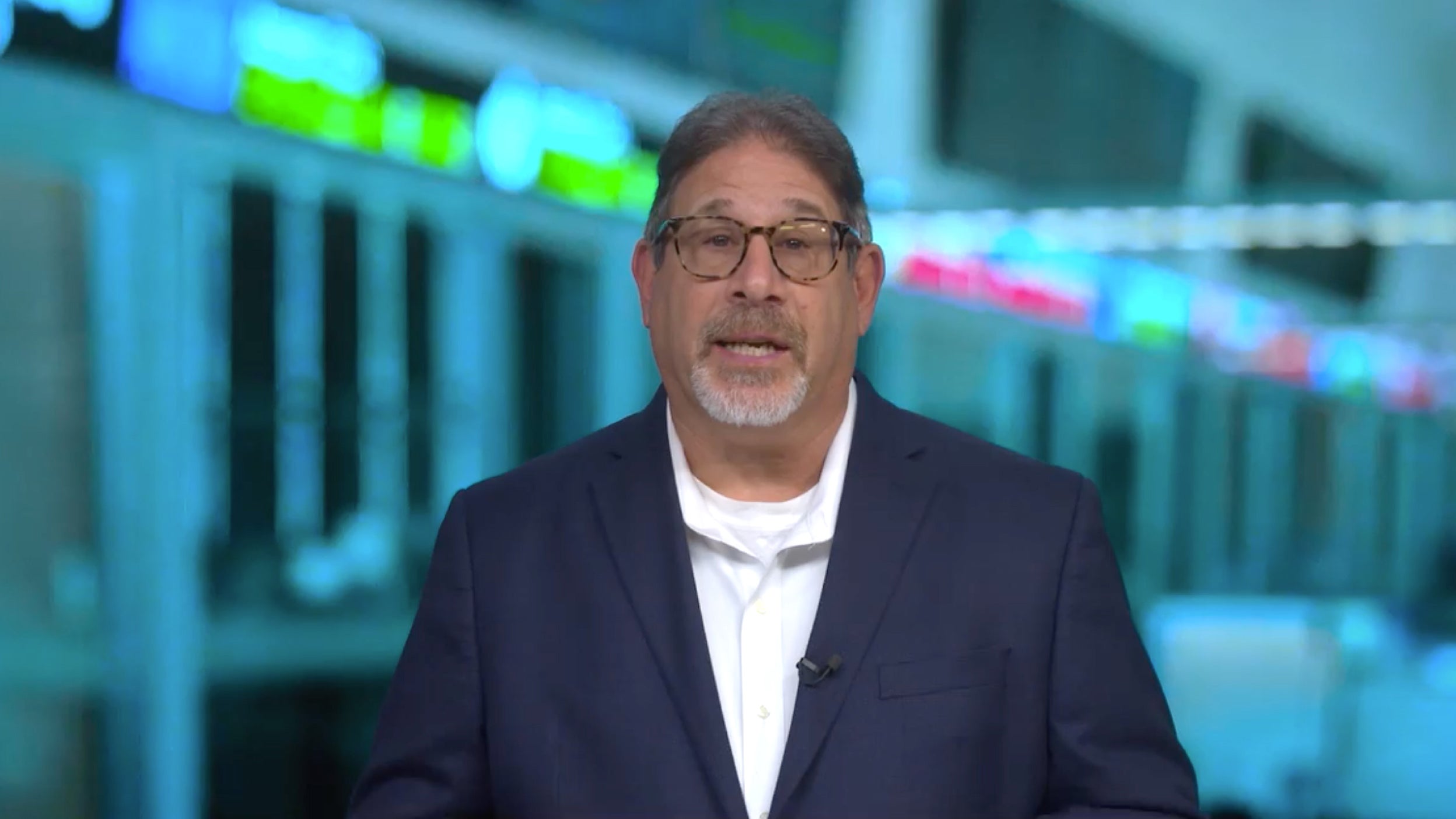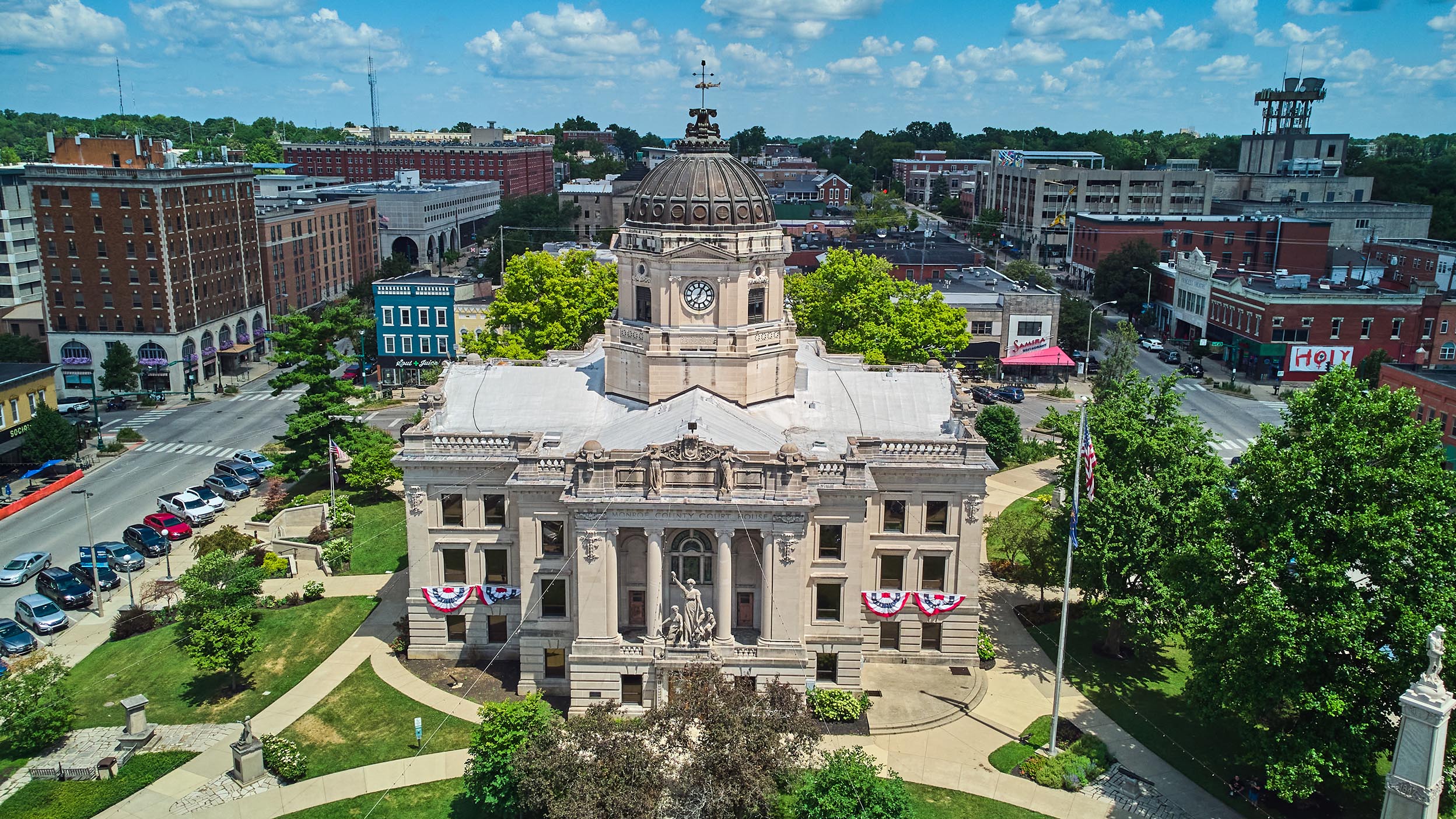
Alternatives Midstream growth outlook: Increasing natural gas demand
The midstream sector is compelling with growing natural gas demand and companies with increased capital efficiency and healthy balance sheets.
Insights on investing implications, market movements, and structural changes in a shifting world.

The midstream sector is compelling with growing natural gas demand and companies with increased capital efficiency and healthy balance sheets.

Repealing the muni tax exemption and increasing the SALT deduction are being discussed again. Mark Paris, Chief Investment Officer and Head of Municipal Strategies, explains potential outcomes.

Longer-term Treasury yields are higher than they were before the “Liberation Day” tariffs. Why are rates behaving this way, and what does this mean for investment grade bond investors?

With the uncertainties sparked by the rollout of US tariffs, midstream equities are still outperforming the broader markets

Sharp shifts in US tariff policies have disrupted markets. Here’s insight on what it might mean for private real estate investments.

Get monthly insight from the Invesco SteelPath team on midstream industry happenings, including performance, news, and a chart of the month.

Municipal bonds, with their compelling yields and value, can help diversify a portfolio and mitigate risk in an uncertain environment.

Investment grade bonds have had solid performance this year. Get insights about various market drivers, and where we think they may be headed.

Options let investors buy or sell an investment at a given price by a certain date. Learn more about options and their potential benefits.
Get straightforward insight from our market and economic experts on what investors need to know about soft landings, inflation, the economy, government debt, election season, and more.
Fresh perspectives on economic trends and events impacting the global markets.
Our latest thinking on opportunities and potential ways to use ETFs in a portfolio.
Learn about investing in ETFs, including the basics, benefits, and choosing one.
Candid conversations with fund managers, market strategists, and more.
AEM719/ AEM731
This link takes you to a site not affiliated with Invesco. The site is for informational purposes only. Invesco does not guarantee nor take any responsibility for any of the content.